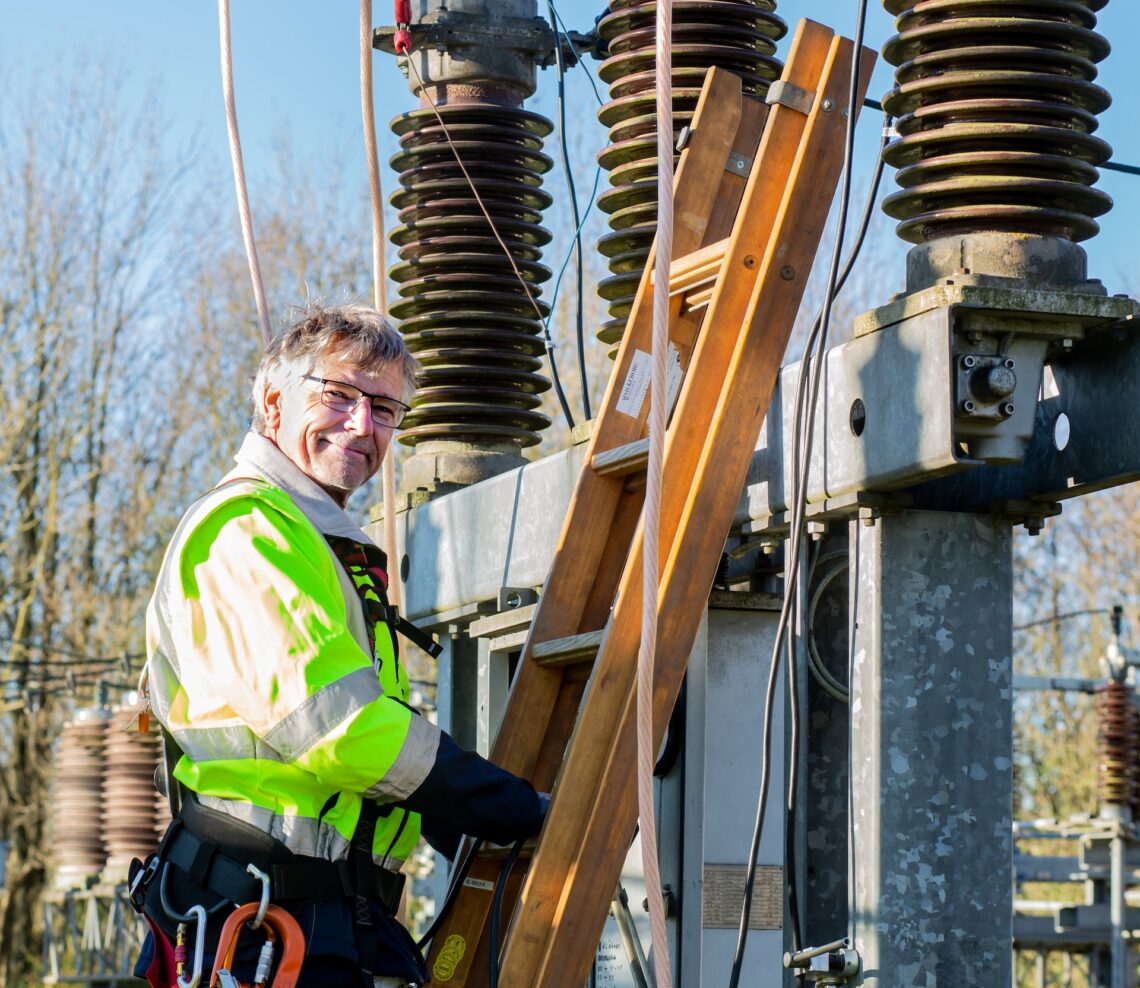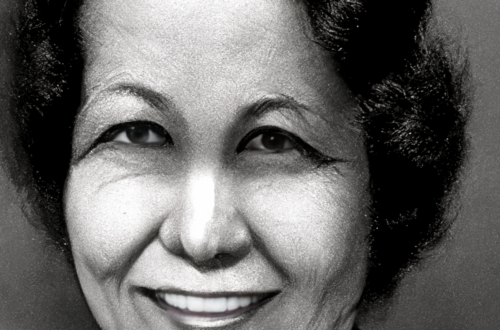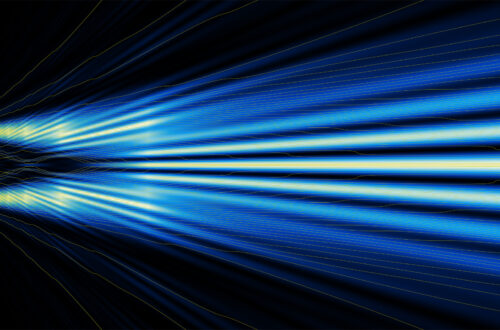
Ho’oponopono: A Pathway to Self-Healing and Transformation
There comes a moment in our journey of self-discovery and healing when we find ourselves contemplating: “Did I cause these events to occur?” This question is central to understanding the Hawaiian practice of ho’oponopono, a tradition handed down through generations, that has been further developed by Morrnah Nalamaku Simeona and Dr. Ihaleakala Hew Len.
The Intricacy of Cause and Effect
To navigate this query, let’s dive into a case study of a woman who battled bouts of agoraphobia throughout her life. Upon examining her history, we discover that her father was a prisoner of war, subjected to harsh conditions and constant fear. Even after he was freed and reintegrated into society, certain triggers, such as the siren from his brewery job, sent him spiraling back into his traumatic past. His daughter, deeply attached to him, unwittingly adopted a version of his fear, manifesting in her life as agoraphobia.
Such cases lead us to questions like: “Did the woman cause her agoraphobia?”, “Did the father cause it?”, or “Did the origin of this condition date back to times when her ancestors were prisoners or jailers themselves?” Unraveling the threads of causality is complex, and it is here that the principles of ho’oponopono guide us towards understanding and healing.
Lessons from the Stanford Prison Experiment
Our exploration of cause and effect can be further enriched by referring to the Stanford Prison Experiment (SPE). Conducted in 1971, this psychological study highlighted the profound impact of situational variables on human behaviour. The ‘guards’ and ‘prisoners’ in the experiment, over time, became disturbingly entwined in their roles, leading to the premature conclusion of the experiment. From SPE, we deduce that no single entity is ‘to blame’ for the outcomes of such situations. Instead, the interplay of social context and internal human factors shape the events that unfold.
Now, let’s examine some key deductions:
- People make decisions based on the information available to them at a particular time.
- The decisions made will have rippling consequences through time and emotional space.
- With better information, people can make better choices.
- Unless the new information’s signal is stronger than the old, it’s unlikely to be acknowledged as correct.
Understanding Karma in the Context of Ho’oponopono
Many Eastern cultures embrace the concept of karma, which succinctly encapsulates the principle of cause and effect. Karma suggests that your current decisions will yield future consequences. However, a simplistic one-to-one correlation between action and result may not always hold true.
Ho’oponopono teaches us that our ego often identifies itself as the doer and enjoyer of actions performed by our body, mind, and intellect. As a result, the soul carries the karmic burden for all activities performed. This accumulation of karmic data, from innumerable past lives, leads to the soul’s repeated birth in different life conditions.
Karmic data manifests in three broad types:
Goodness: This results in contentment and tranquility, reducing material miseries. However, too much goodness can lead to complacency and hinder spiritual growth.
Passion: This drives intense activity and attachment to worldly goals. Each action in this mode accumulates more karmas, further entangling one in material existence.
Ignorance: This obscures the intellect, leading to harmful choices. For instance, despite knowing that drug-taking is injurious, people still do it. This self-inflicting process is not limited to the domain of the physical. It is deeply rooted in our emotional, mental, and higher realms as well. We often carry the burden of guilt, regret, resentment, and a host of other detrimental emotions that stem from past actions, decisions, and experiences.
In the same manner that a river carries sediment from its source to its mouth, we, as beings of consciousness, carry the accumulated sediment of our karmic past. The undercurrent of this sediment influences our present perceptions, attitudes, and actions. It can be thought of as the “script” we’ve been given, which predetermines the roles we play in our personal life dramas.
The practice of ho’oponopono offers us the opportunity to cleanse this karmic sediment. It allows us to revisit the scenes of our past, not to relive them, but to reconcile, release, and renew ourselves. This practice can be compared to the meticulous task of an archaeologist, who delicately brushes away layers of earth to reveal the relics of past civilizations. Instead of relics, however, we’re unearthing old, buried emotions, ingrained patterns, and subconscious beliefs.
In Hawaiian culture, ‘AKA’ is a term used to describe ethereal cords that connect us to other individuals, events, or situations from our past. Just like a physical umbilical cord connects a mother to her unborn child, these energetic cords link us to our past experiences and decisions.
Ho’oponopono aims to sever these AKA cords, thereby releasing us from the influence of our past actions and karmic residues. By disengaging from these cords, we are freed to establish new, healthier connections that align more closely with our present intentions and aspirations.
The remarkable aspect of ho’oponopono is its inherent understanding of the complexities and subtleties of the human psyche. It acknowledges that the conscious mind, as powerful as it is, has its limitations. Hence, it introduces the concept of an upper ‘plug’ or connection point, signifying our link to a higher consciousness or divine intelligence.
This concept might be somewhat unfamiliar to Western thinking but resonates with Eastern philosophies. For instance, in Hinduism, the seventh chakra, also known as the ‘crown chakra,’ is believed to be our connection point to the divine. In this way, ho’oponopono encourages us to tap into a higher order of intelligence and awareness, much like we would plug a device into a power source to charge it.
When we engage with this higher intelligence through ho’oponopono, we not only charge our spiritual ‘batteries’ but also access the necessary resources to cleanse our subconscious of past traumas and conditioned responses. We embark on a journey to recalibrate our inner compass and realign our trajectory towards growth, healing, and enlightenment.
Another significant component of the ho’oponopono practice is the dissolution of dualistic thinking or the eradication of the illusion of separateness. It invites us to acknowledge that we are, at our core, interconnected with everything in the universe. From this perspective, taking responsibility for our experiences is not a matter of blame or guilt but rather a profound recognition of our participation in the cosmic dance of creation and dissolution.
Ho’oponopono is a powerful tool for personal growth and spiritual advancement, it is not a substitute for professional medical or psychological treatment. It is, however, an excellent complement to such therapies, offering a holistic approach to well-being.
Ho’oponopono is essentially a form of spiritual hygiene, encouraging us to regularly clean our mental and emotional spaces, much like we would our physical ones. Through repeated practice, it helps us transform our relationship with ourselves and the world around us. It is an invitation to engage in a continual process of release, renewal, and rebirth.
What makes ho’oponopono particularly powerful is its emphasis on love, forgiveness, and responsibility. These virtues are at the heart of this practice. Love, in the context of ho’oponopono, is not merely an emotion but a state of being, a resonance that permeates our very existence. Forgiveness is seen as a tool for liberation, a key that unlocks the chains of resentment, guilt, and regret. And responsibility is understood as a proactive stance, a recognition of our role in creating our reality and our capacity to transform it.
Ho’oponopono empowers us to become conscious creators of our lives. It teaches us that while we may not have control over external circumstances, we have absolute control over how we choose to respond to them. This shift in perspective, from being victims of circumstance to creators of our reality, is transformative. It has the potential to elevate our lives from mere existence to vibrant living.
In practical terms, ho’oponopono can be practiced anywhere, at any time. It doesn’t require a specific posture, a particular time, or a special place. It only needs your presence, intention, and willingness to cleanse, release, and renew. The actual practice involves silently repeating the four key phrases: “I’m sorry, Please forgive me, Thank you, I love you.” This mantra-like repetition helps shift our internal state and ultimately influences our external reality.
In conclusion, ho’oponopono is not just a practice but a way of life. It’s a path that leads us towards peace, harmony, and love. By acknowledging our past mistakes, seeking forgiveness, expressing gratitude, and radiating love, we step into a higher frequency of existence, one that is aligned with our true nature and the nature of the universe. We awaken to the realization that we are not separate entities navigating through life in isolation, but interconnected parts of a grand cosmic tapestry.
Engaging with this tapestry through the practice of ho’oponopono allows us to dance to the rhythm of life, to navigate the ebbs and flows with grace, and to cultivate an unshakable inner peace, regardless of the storms that may rage around us. This is the true power of ho’oponopono – it is a beacon of light in the midst of darkness, a bridge between the human and the divine, a testament to the transformative power of love and forgiveness.


You May Also Like

Ho’oponopono: The Rainbow Healing of Earthbound Spirits

Ho’oponopono And Attachment To Relatives
